Real-world scenarios and endurance test
Especially the daily use of the SSDs is similar to what SPECwpc says about the drives, since I work with the same or similar applications. Sometimes you notice the value of a very fast SSD, but often you don’t. It is enough to use a normal NVMe, regardless of whether PCIe Gen. 4 or 3. But before I evaluate the SPECwpc, let’s take a look at AJA, because here we have to see how far the dynamic SLC cache and the missing DRAM buffer will go. Unfortunately, AJA does not run for 3 minutes, but even so, there is no visible drop in the stream, even with 64 GB.
And how does that look now when reading the stream? Not bad when you look at the curve. After all, we are still in the consumer sector. I’ve created a more hands-on load here with AJA for better understanding once by having 64GB of video stream read. Well, the theoretically possible (and also measured with CrystalDiskMark) 3700 MB/s are definitely not possible, but with around 3000 MB/s you are still quite well in the race despite the missing buffer. So, the effect is not that bad as long as you really use PCIe 4.0 and thus also connect the involved RAM fast enough. Even though the SSDs are compatible, the PCIe 3.0 then shrinks the whole thing almost to half.
This brings us to SPECwpc and the real-world applications it contains. I’ll dispense with the IOPS and rather stick to the write and read rates in MB/s. Because what is generally written here is small but common, which can also be seen in the low rates. You are far away from the theoretically possible maximum rates and what you can achieve in a constant stream. Let’s first look at the read operations and see that both SSDs are very close to each other and only differ in a few application results.
While the MSI Spatium 450 has to let up a bit in proDEV and CCX compared to the SSD with DRAM buffer, Micron’s new 176-layer NAND wins the rest of the applications, in part even significantly. Even NAMD and Handbrake with rather large reads are certainly dominated by the M450, which is quite astonishing. And it shows once again the lack of significance of simple reading and writing tests.
When it comes to writing, the picture changes somewhat. Handbrake drops sharply compared to the PNY SSD, CCX again weakens a bit. However, the rest is balanced and even goes up to dominant in the direction of the Spatium M450. All in all, the concept can even be said to have an appealing performance in tougher situations and in everyday workstation use.
Temperature behavior
We still need to clarify one point: the temperatures. In general, the SSD is still in the green zone after one hour, even in the stress test without a cooler. Normal applications drive the hottest part, the controller, to 55 to 60 °C, in the stress test it gets up to 70 °C after 30 minutes. If you cool the SSD with a solution implemented on the motherboard (“shield”), it is no longer 60 degrees even in the stress test. That can be convincing, but it is also only between 3 and 4 watts of power dissipation.
Summary and conclusion
What can we take away from this test? Thanks to the faster PCI 4.0, it is also possible to do without a DRAM buffer (with certain restrictions) by including the normal working memory. The theoretical cost savings are not to be sneezed at, because in addition to the saved components on the PCB, this naturally also becomes simpler and thus cheaper. However, the controller can also be cheaper if you no longer have to use and address the DRAM.
In addition, the controller can also be slimmed down further, make do with only 4 channels and integrate a single-core ARM processor in the controller instead of a dual-core one. And last but not least, the new 176-layer TLC is not slower than its 128-layer predecessor, but is supposed to bring many positive changes. All of this also delivered what was promised in the test, amazingly enough. And the heat problem is no longer one either. Fortunately.
MSI assumed an official MSRP of $115 a week ago, which seems quite reasonable since other TLC NVMs with PCIe 4.0 and 1 TB size are usually more expensive. The MSI Spatium M450 did not really make any mistakes in the test, so the concept can be accepted and even recommended in normal application scenarios. The SSD will also be available in Germany soon. As far as the price is concerned, the rumored price of 100 to 115 Euros would certainly be an incentive to buy. Let’s see.
The test sample was provided by the manufacturer without obligation. There was and is no influence on the tests and results and there was no obligation to publish them.














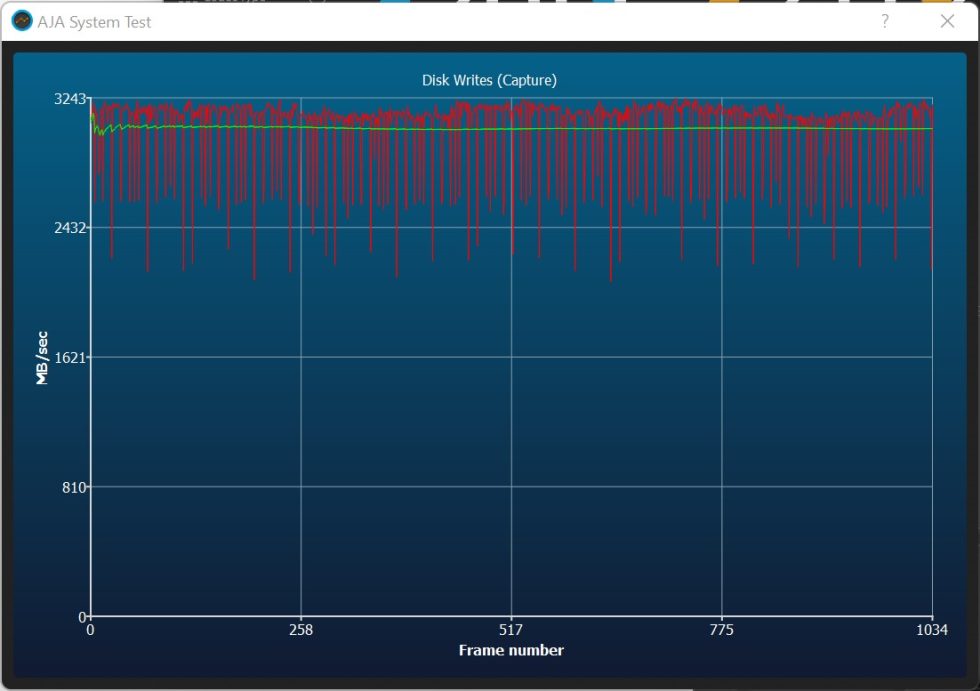
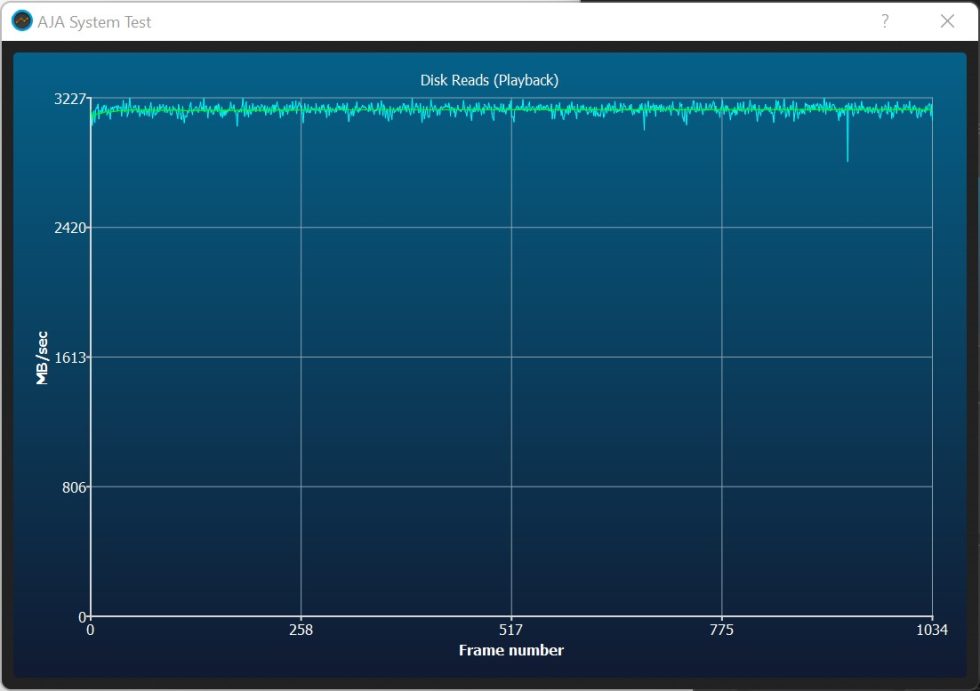
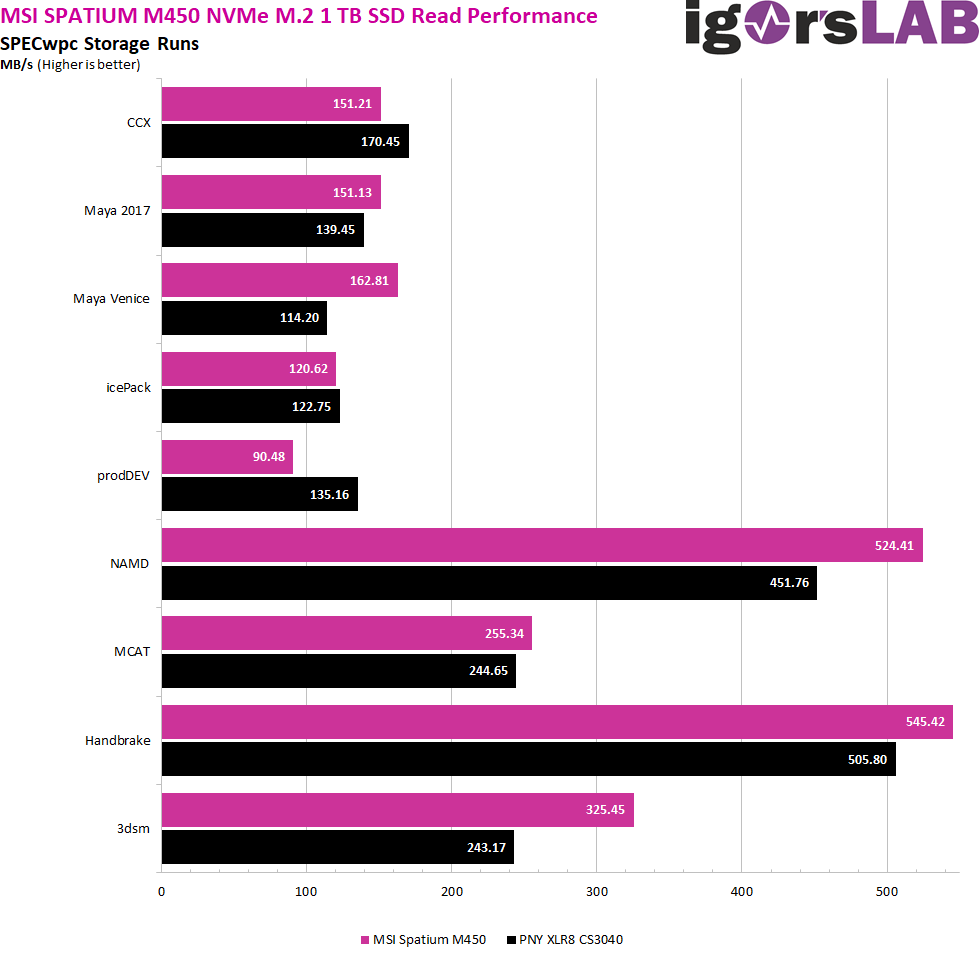
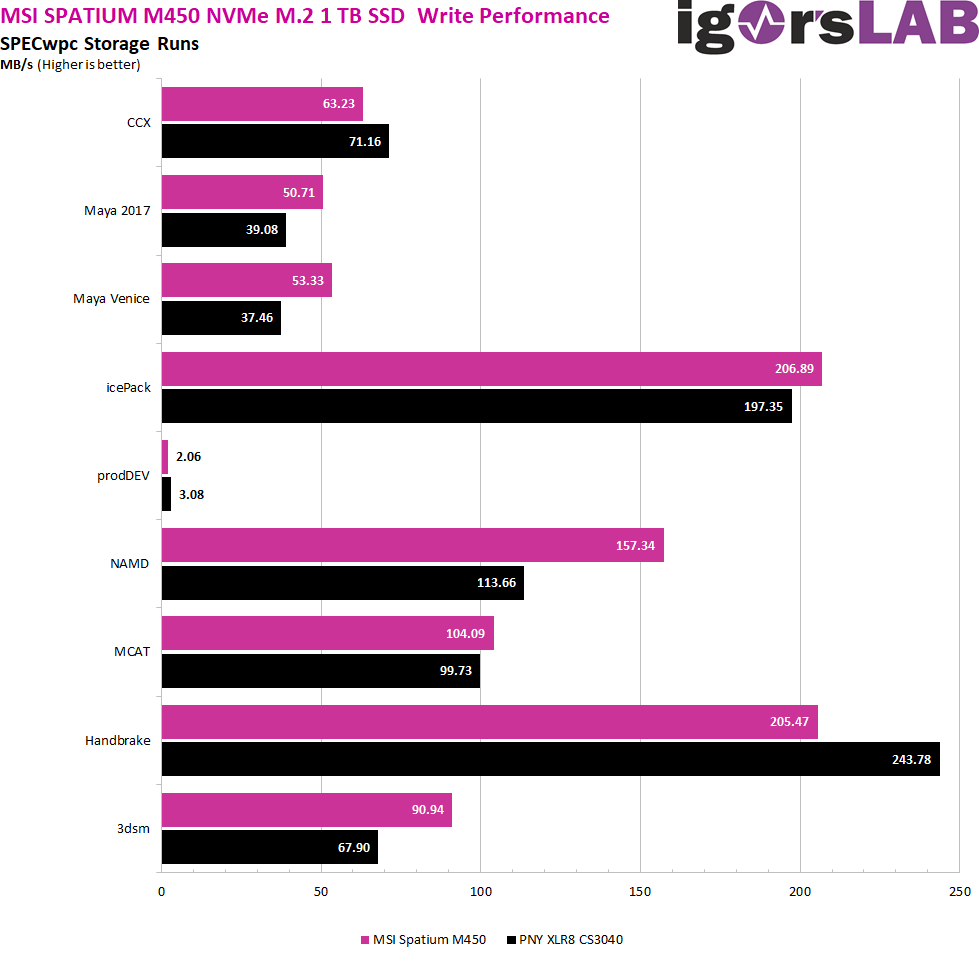
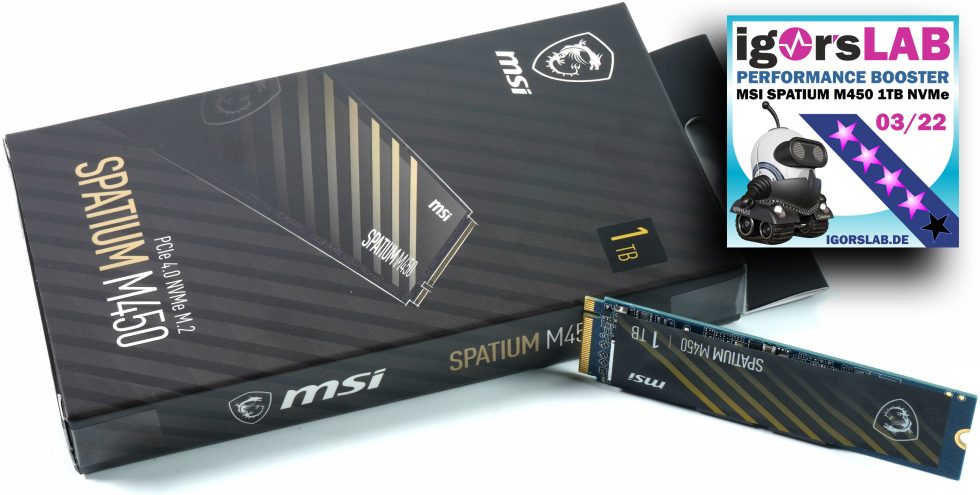


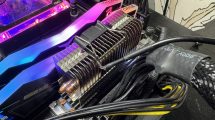











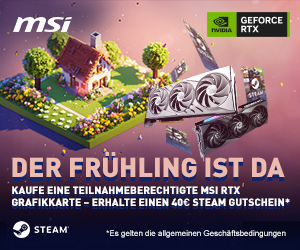




7 Antworten
Kommentar
Lade neue Kommentare
Mitglied
Veteran
Mitglied
Urgestein
Veteran
1
Neuling
Alle Kommentare lesen unter igor´sLAB Community →